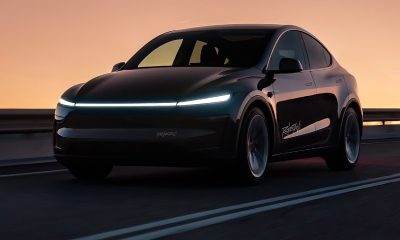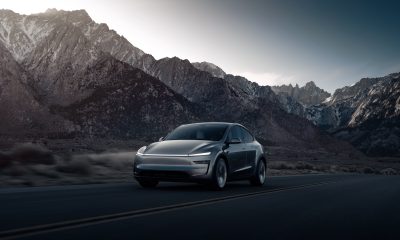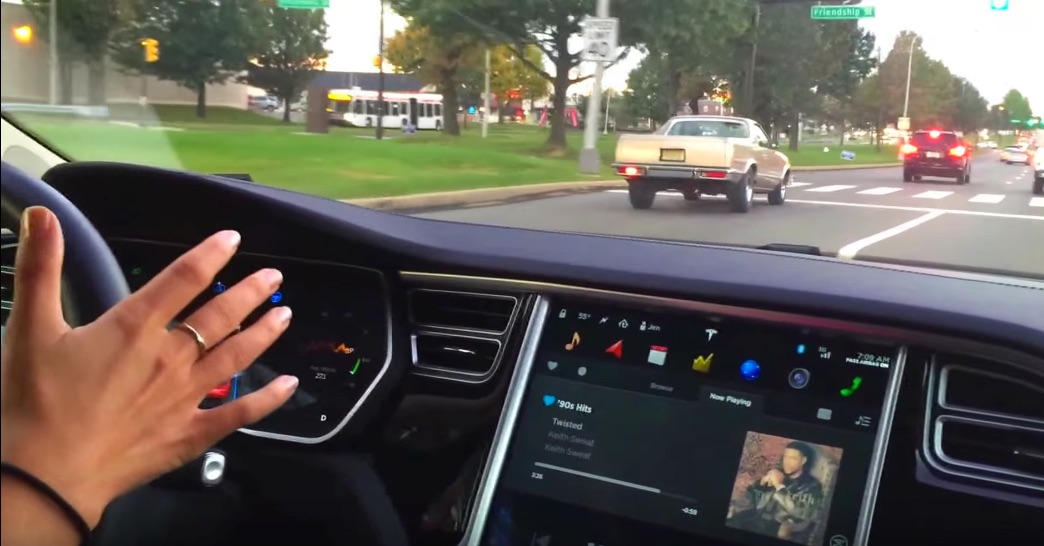

News
Tesla pits human vs. computer while cars operate in ‘Shadow Mode’
No one doubts that Elon Musk wants Tesla to be the first car company to offer fully autonomous cars to the public. After last night’s announcement that second generation Autopilot hardware, with 8 cameras and 40x more powerful computer, is now included in every car built at the Fremont factory, the question is not if Tesla will be first to market with self driving cars, but when.
As noted by white hat hacker Jason Hughes, it took a year for Tesla to activate the first version of Autopilot after the hardware was first added to production cars. New Tesla vehicles with self-driving hardware will likely see the same timeline before their vehicles become fully autonomous. But why?
I find it strange that @TeslaMotors is going to ship another #autopilot that doesn't actually work on day 1. Year wait for AP1.0 software…
— Jason Hughes (@wk057) October 20, 2016
Remember, Tesla has gotten some push back on its Autopilot system since Joshua Brown was killed on a Florida highway last May. German regulators recently sent a letter to all Tesla owners warning them that Autopilot is not a self-driving system and they must always pay close attention to their driving. The California DMV has proposed regulations that would prohibit Tesla or any other company from using the words “self driving” or “auto-pilot” in company literature.
Until this point, Tesla has been free to operate Autopilot in beta mode. Regulators have deemed it to be little more than a “super cruise control” feature. But before Tesla can activate a system that purports to offer true Level 5 autonomy, it will need to convince regulators that the system functions as advertised and is safe not only for Tesla owners but for all members of the public. That is going to require data — massive amounts of data.
New Tesla Model S and Model X automobiles will run Autopilot in “shadow mode” and collect driving data that pits a human versus computer. Autopilot vehicles running in shadow mode will not take any driving-assist or self-driving actions. Rather they will only log instances when Autopilot would have taken action and compare those results to the real life actions taken by human drivers. Musk told the press that the ultimate goal is to improve its self-driving algorithms until they are better than human drivers. By having statistical data to back up the safety of its self-driving model, Tesla will have a better chance of proving to regulators that its vision for a Tesla-powered autonomous future will be safer for humanity.
However, experts in the field of autonomous driving say billions of miles of driving will be needed to verify the validity and safety of self-driving systems. Tesla now has collected approximately 220 million miles worth of data collected from Autopilot-equipped vehicles. As Tesla wirelessly adds millions more miles of driving data collected through previous generation and new ‘Enhanced Autopilot’ enabled vehicles, the company will take a commanding lead over the rest of the automotive and transportation services industry that is just beginning to understand what the future will look like.
For Tesla owners whose cars are manufactured on or after October 19, 2016 — which will include all Model 3 sedans — they will have the satisfaction of knowing their car is capable, as Elon suggests, of driving from Los Angeles to New York City without any input from the driver, then navigating New York traffic, finding a parking spot, and parking itself all without input from a human driver. It couldn’t be a better time to be a Tesla owner, especially if you care about shaping the inevitable future.
News
Tesla is launching a crazy new Rental program with cheap daily rates
This week, Tesla launched its in-house Rental program that will give people a vehicle for between three to seven days, with prices varying and starting at just $60 per day.
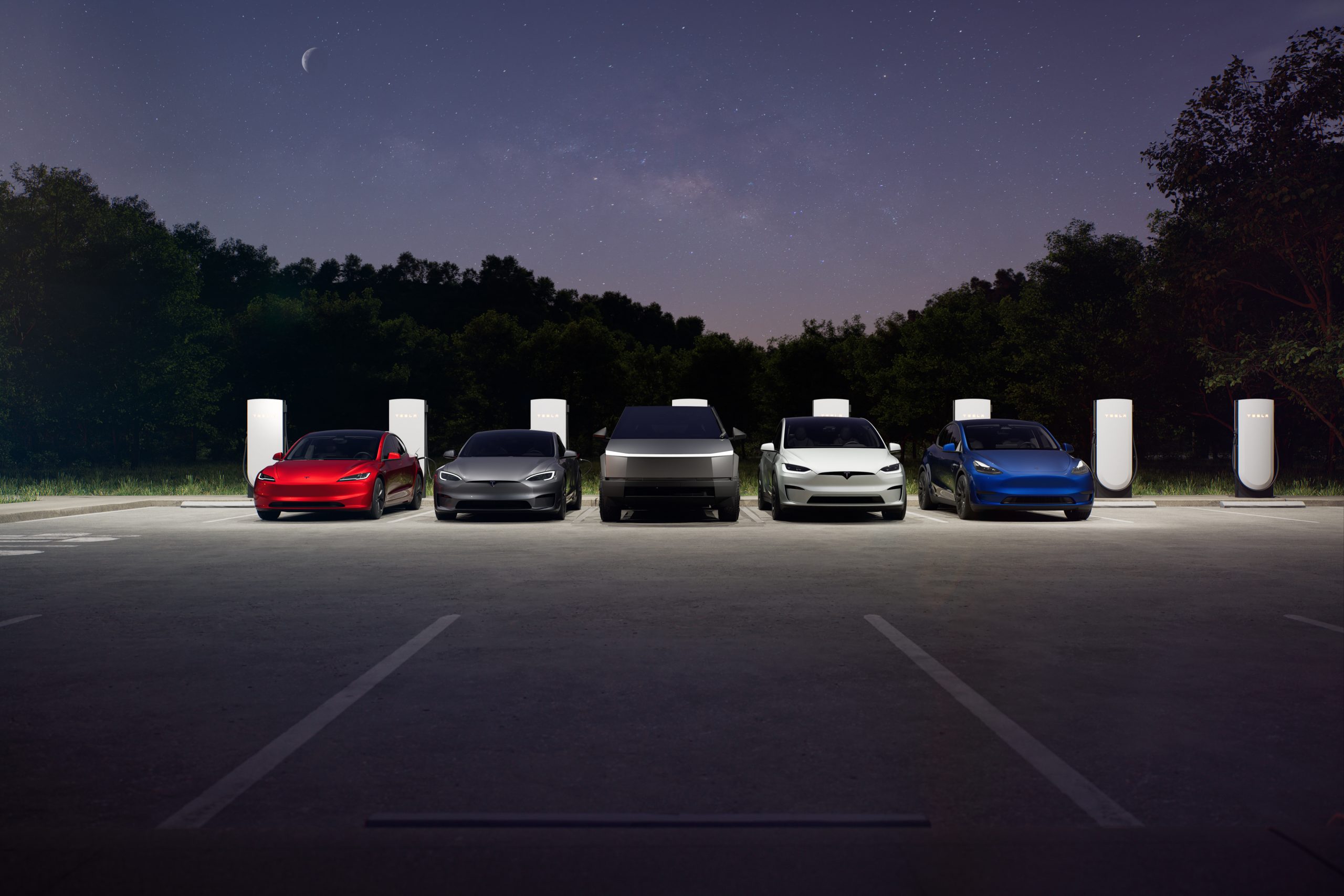
Tesla is launching a crazy new Rental program with cheap daily rates, giving people the opportunity to borrow a vehicle in the company’s lineup with an outrageous number of perks.
This week, Tesla launched its in-house Rental program that will give people a vehicle for between three to seven days, with prices varying and starting at just $60 per day.
However, there are additional perks that make it a really great deal, including Free Supercharging and Free Full Self-Driving (Supervised) for the duration of the rental.
There are no limits on mileage or charging, although the terms do not allow you to leave the state you are renting.
Tesla wrote in an email advertising the program:
“Rent a Tesla and see how it makes every errand, commute, and road trip more fun. While it’s yours, try Full Self-Driving (Supervised) and control and monitor your vehicle with the Tesla app.
Schedule your rental for three to seven days starting at $60 per day (plus taxes and fees) and charge for free at any Tesla-owned Supercharger.
Order your own Tesla within seven days of your rental to get up to a $250 credit toward your purchase.”
This is a great opportunity that will convince MANY people to make the jump.
All your concerns about switching are answered within two days. It’s easier than owning a gas car ever has been. https://t.co/QayTf6YVbw pic.twitter.com/TCHqfTRpes
— TESLARATI (@Teslarati) November 8, 2025
Tesla has long adopted the mentality that butts in seats will sell cars, and for the most part, it is a great strategy. Driving a Tesla is different from owning and driving a combustion engine vehicle; it truly feels as if you are in a car from the past when you get back in an ICE car.
This strategy could be looked at as more of a way for people to experience Tesla ownership than anything.
Although some might use it as a typical rental program that will see it be a cool way to drive without putting miles on a personal car, most will use it as the 48-hour test drive was designed for, which is a short-term way to experience EV ownership.
Tesla is only offering this program at a handful of locations currently, including San Diego and Costa Mesa, California.
News
Tesla makes online ordering even easier
Tesla has a great trade-in program that allows you to give the company your vehicle in exchange for cash, even if it’s not an EV. Their trades are mostly fair, but the company seems to undervalue its own vehicles, and there have been plenty of complaints over offers in the past.
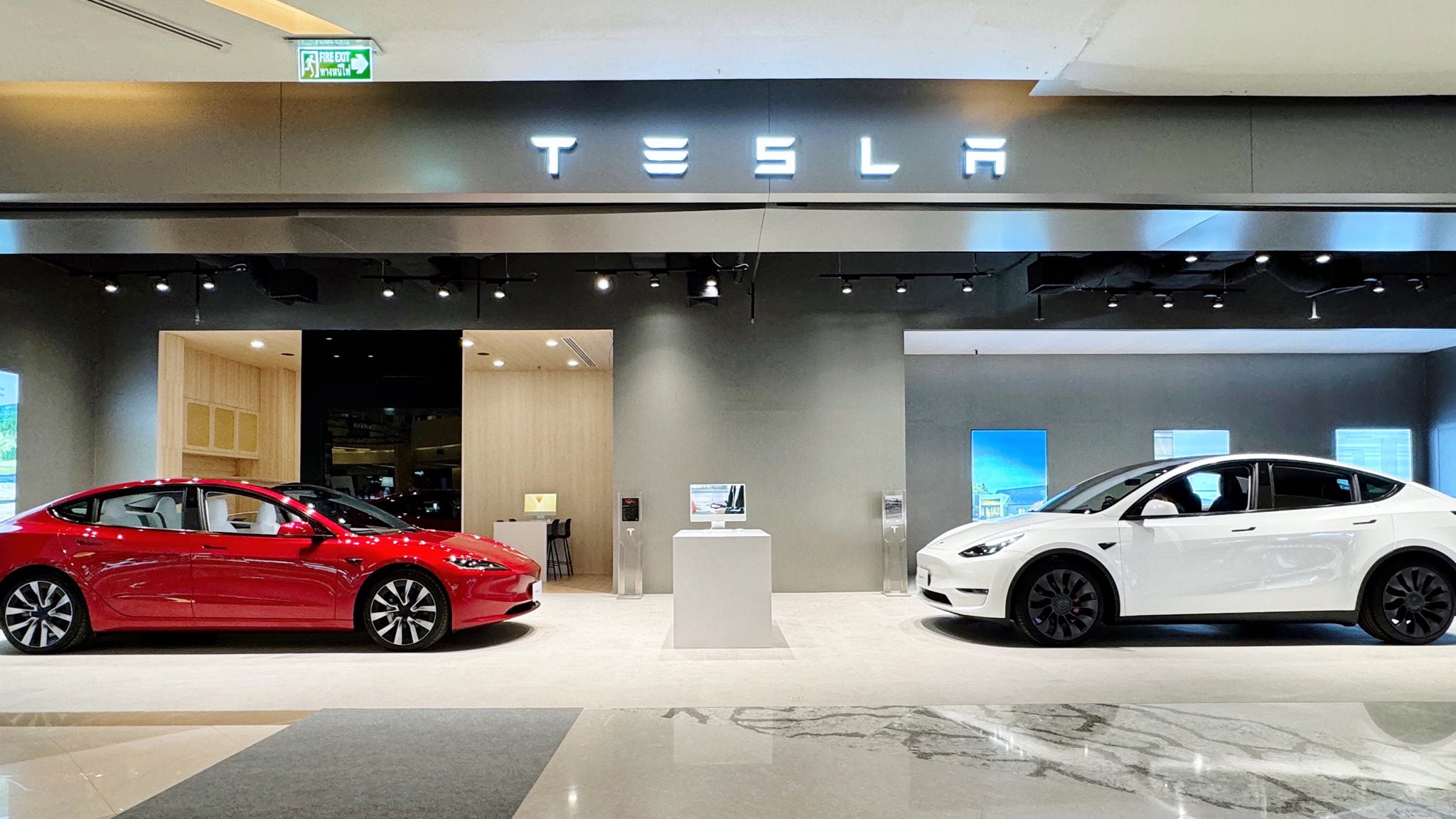
Tesla has adjusted its Online Design Studio to make for an easier trade-in process, reflecting the details of the exchange for a more accurate reflection of payment terms.
Tesla has a great trade-in program that allows you to give the company your vehicle in exchange for cash, even if it’s not an EV. Their trades are mostly fair, but the company seems to undervalue its own vehicles, and there have been plenty of complaints over offers in the past.
Trade-ins are usually given by submitting vehicle details, then Tesla sends an email with an offer. Offers are non-negotiable, but do adjust over time, although the latest offer is valid for 30 days.
I traded my ICE vehicle for a Tesla Model Y: here’s how it went
Knowing your new Tesla’s cash price, leasing or loan details, and monthly payment information used to be done by the car buyer. From personal experience, I simply subtracted my trade-in from the cash price of the Tesla Model Y, and I plugged those numbers into the payment calculator.
Now, Tesla is implementing the trade-in process directly into the Design Studio. It will adjust the price of the car and the different monthly payment methods automatically:
Trade-in estimates available directly on our configurator in few states including CA, will cover all of US and Canada next week.
For loyalty customers, if their trade-in VIN is eligible for any loyalty credit, the same will be applied to the estimate. pic.twitter.com/7097vPleMf
— Raj Jegannathan (@r_jegaa) November 8, 2025
The change is already noticed in a handful of states, including California, but it has not rolled out across the board quite yet. It will be implemented in all of the U.S., as well as Canada, this coming week.
The trade-in process is very simple, and after you accept your offer, you simply drop your vehicle off during the delivery process. Making this simple change will be greatly appreciated by owners.
News
Tesla confirms Robotaxi is heading to five new cities in the U.S.
After launching in Austin, Texas, in late June and the Bay Area of California just a few weeks later, Tesla has been attempting to expand its Robotaxi suite to new states and cities in the U.S., and even outside of the country.

Tesla Robotaxi will hit five new cities in the United States in the coming months, the company confirmed.
After launching in Austin, Texas, in late June and the Bay Area of California just a few weeks later, Tesla has been attempting to expand its Robotaxi suite to new states and cities in the U.S., and even outside of the country.
The Robotaxi suite is a ride-hailing service Tesla offers, but the details of it change with each jurisdiction, as regulations vary. For example, in Austin, Tesla can operate the Robotaxi suite without anyone in the driver’s seat, as long as the vehicle does not enter a freeway.
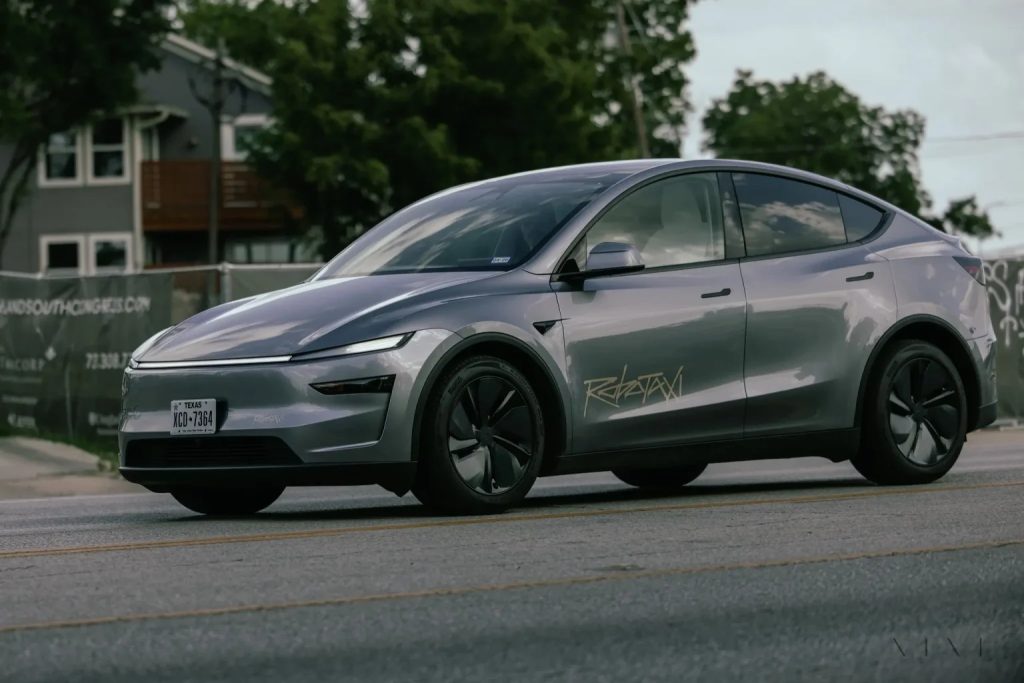
Credit: Tesla
In the Bay Area, a Safety Monitor rides in the driver’s seat, essentially acting as the vehicle operator with Full Self-Driving controlling the car.
The local regulations and how Tesla handles them will continue to be a relevant part of the discussion, especially as the company aims to expand the Robotaxi program to different areas. This has been a primary focus of the company for several months, especially within the United States.
CEO Elon Musk said that Tesla was aiming to launch Robotaxi in Nevada, Arizona, and Florida. However, the company detailed five specific cities where it will launch Robotaxi next during the Annual Shareholder Meeting on Thursday.
Tesla will launch Robotaxi in Las Vegas, Phoenix, Dallas, Houston, and Miami next, broadening its Service Area for the suite to more major cities across the U.S.
It has said it plans to offer the service to half of the U.S. population by the end of the year, but it does not seem as if it will expand to more than a handful of cities this year, which is still tremendous progress, all things considered.
As far as autonomy is concerned, Tesla has always had lofty expectations and has made some even loftier statements.
At the Shareholder Meeting, Musk said that the company would likely be able to enable vehicle owners to text while the vehicle drives, alleviating them from potentially having some of the responsibility they have behind the wheel.
Tesla says texting and driving capability is coming ‘in a month or two’
It is not confirmed that Tesla will roll this out in the next few months, but Musk said there is a possibility.
-
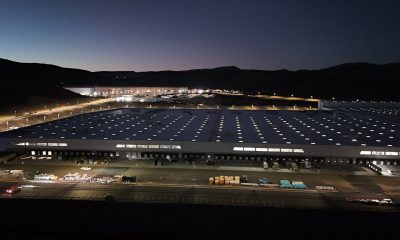
 News2 days ago
News2 days agoTesla shares rare peek at Semi factory’s interior
-
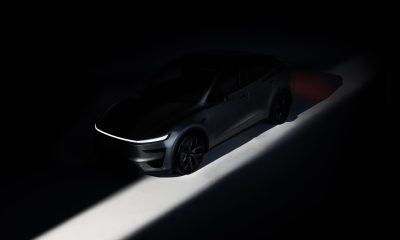
 News2 days ago
News2 days agoTesla Model Y Performance set for new market entrance in Q1
-
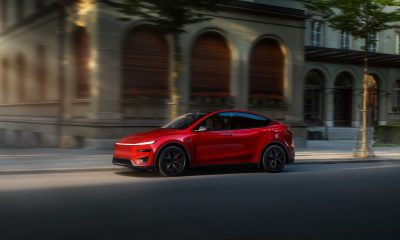
 News3 days ago
News3 days agoTesla Model Y Performance is rapidly moving toward customer deliveries
-

 Elon Musk2 days ago
Elon Musk2 days agoTesla says texting and driving capability is coming ‘in a month or two’
-
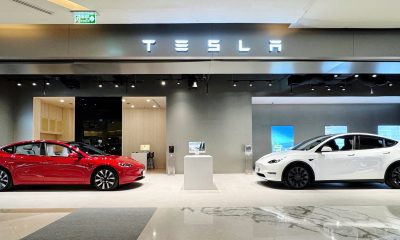
 News1 day ago
News1 day agoTesla makes online ordering even easier
-

 News3 days ago
News3 days agoTesla China expecting full FSD approval in Q1 2026: Elon Musk
-
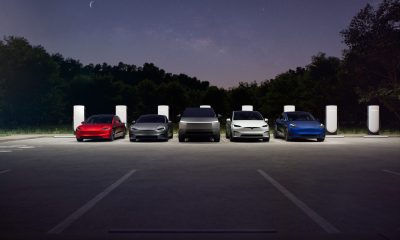
 News5 hours ago
News5 hours agoTesla is launching a crazy new Rental program with cheap daily rates
-
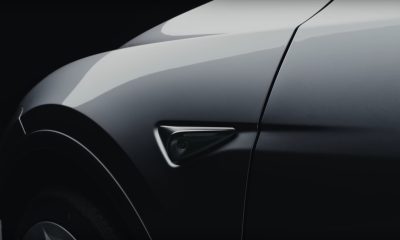
 Elon Musk4 days ago
Elon Musk4 days agoTesla teases new AI5 chip that will revolutionize self-driving


